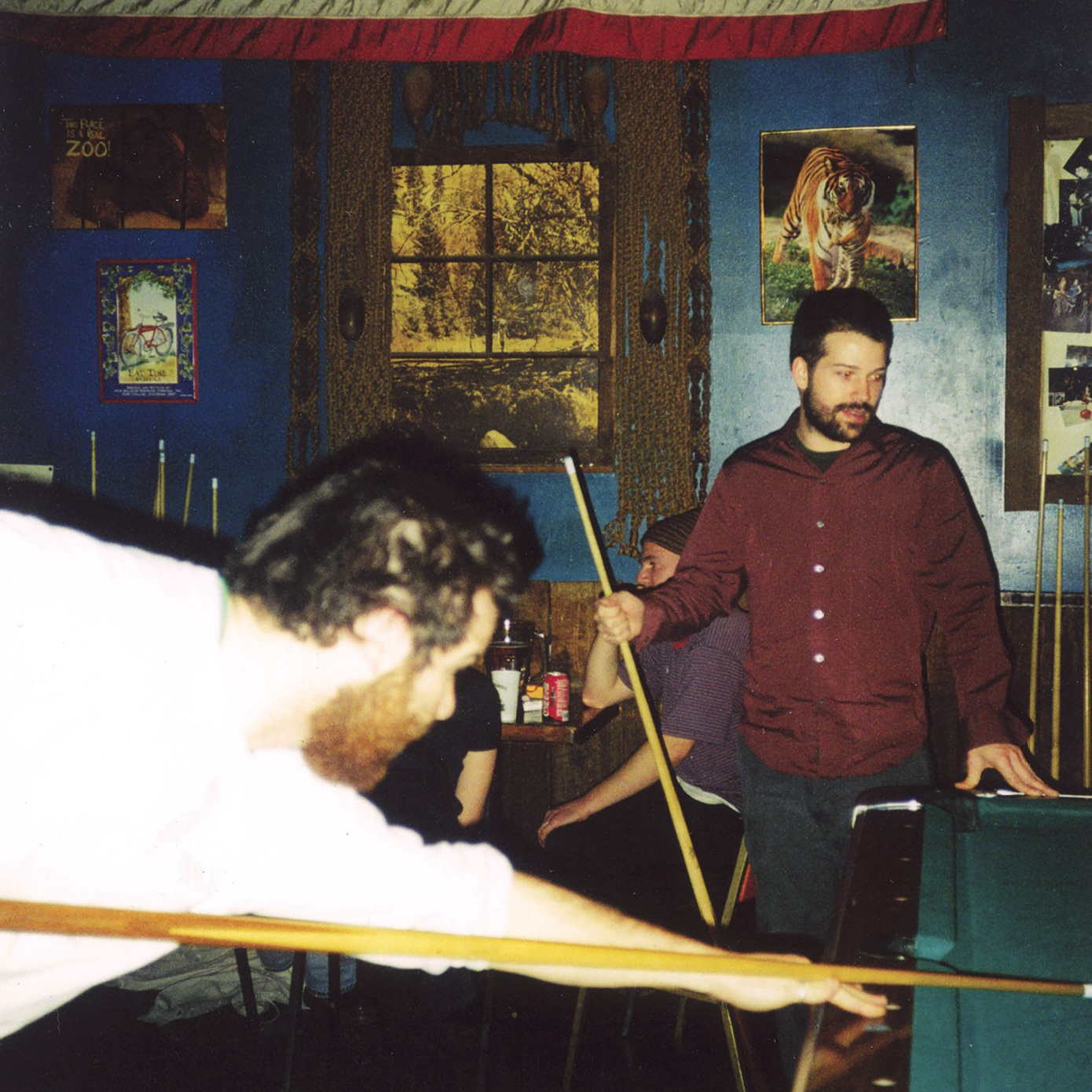To make a splash in the art world is one thing; to sustain that momentum over a number of years—decades, even—is quite another. The past century has presented societal sea changes, major innovations in technology, and a culture pervaded by commodification—developments that could either fuel or inhibit an artist's practice.
This Women’s History Month, 11 female artists over 75 show us that weathering the storm is not only possible, but an enriching odyssey of personal evolution. Read through Dara Birnbaum’s perspective on the “new,” Betye Saar’s continued reverence for pen and paper, the essential conversations Liliana Porter has with herself, and more below.
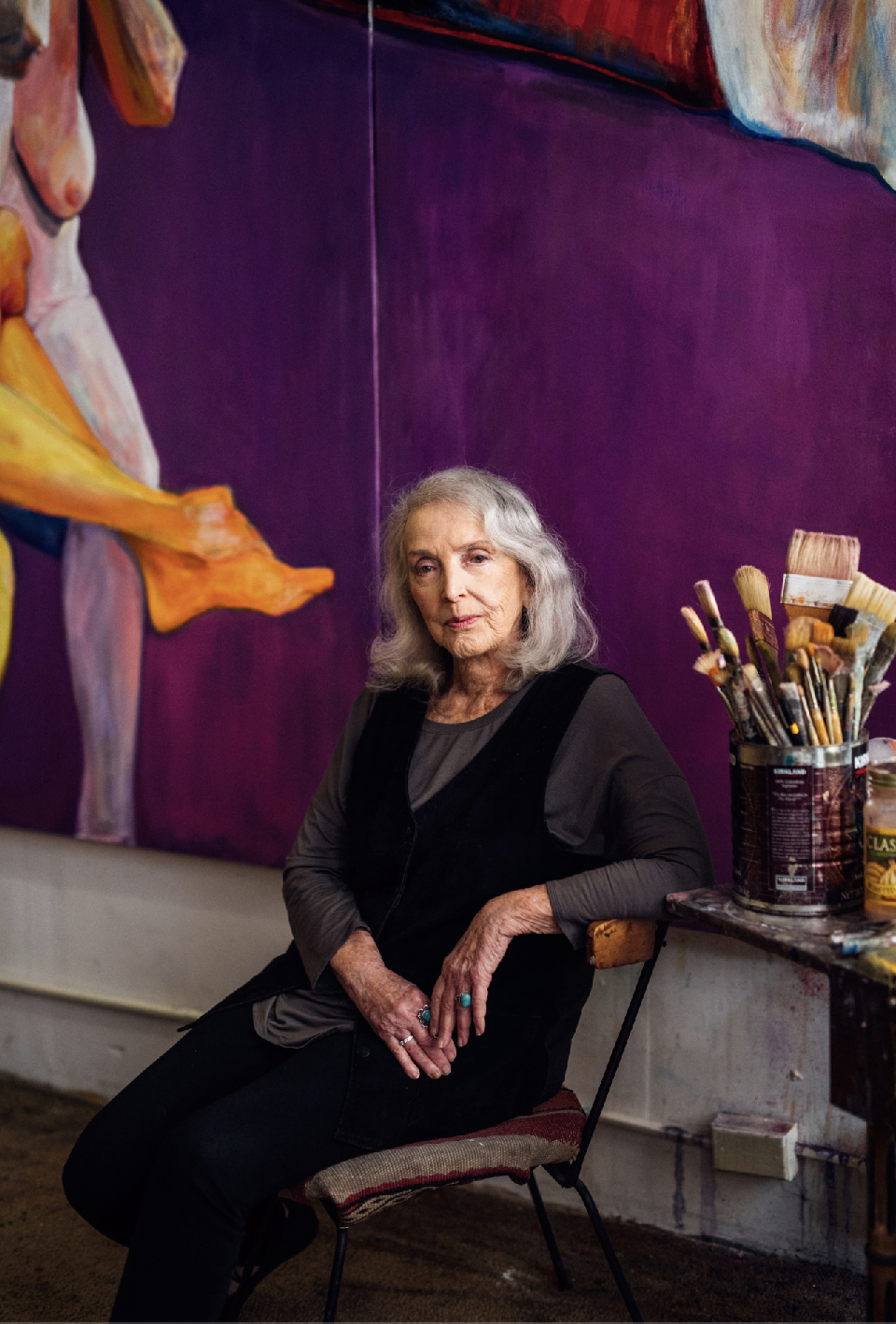
Joan Semmel, 91
“Making art is a long road. It doesn't happen overnight. You change and you grow and you learn. During that whole process, you have to have a personality that can absorb rejection. You have to be able to work without acclimation many times and have the confidence that what you do is important and worth doing. If you don't have those things, you're going to drop out.”
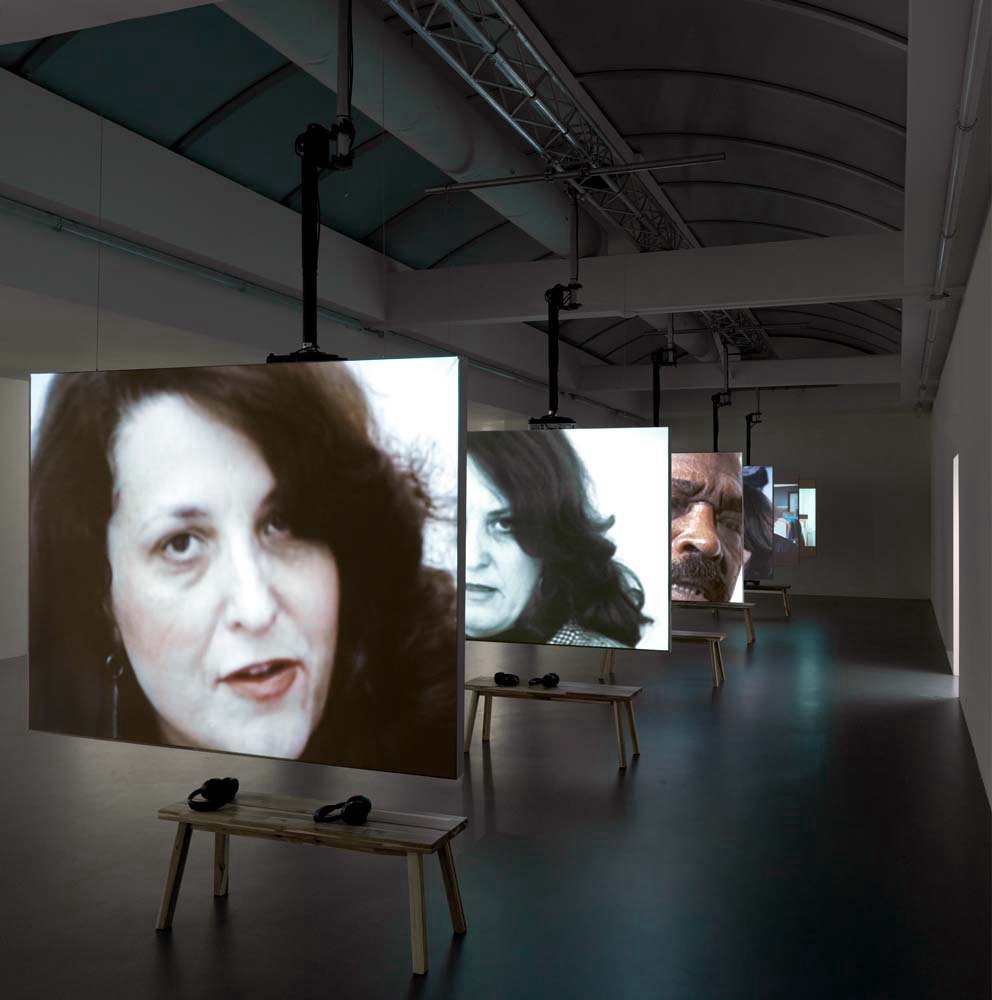
“The key is just believing in what you're doing and continuing to question what you're doing and creating things that you feel are vital to your time. I couldn’t just use painting and drawing because I can’t compete with four centuries of that work. Living in the Bay Area, I used the materials of my time, particularly technology, to talk about the issues of my time.”
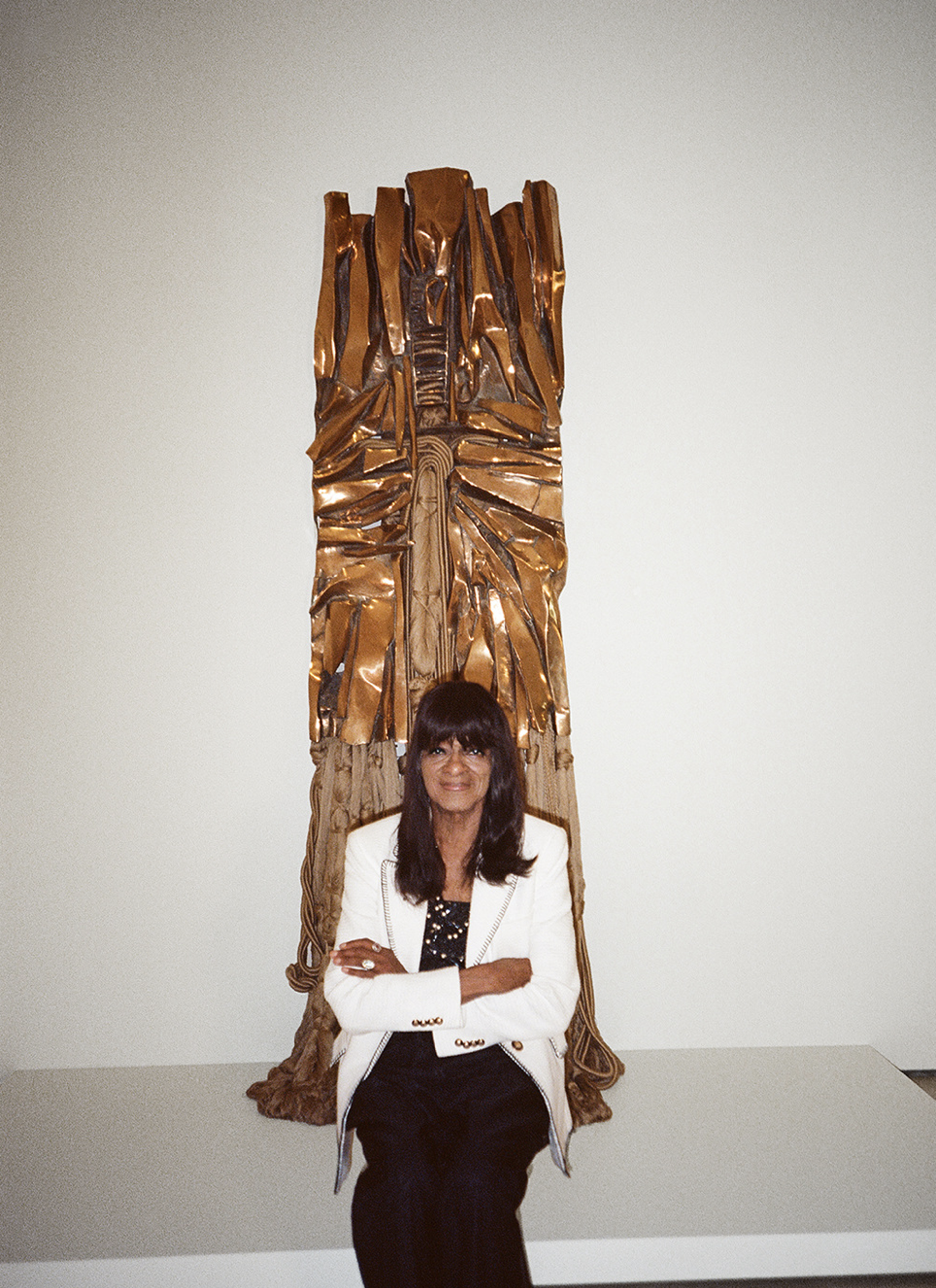
“I’d tell [young artists] that before they leap into this cesspool, they should travel, they should read, they should learn how to draw, and then they should make their choice. Educate yourself before you leap, not after you leap.”
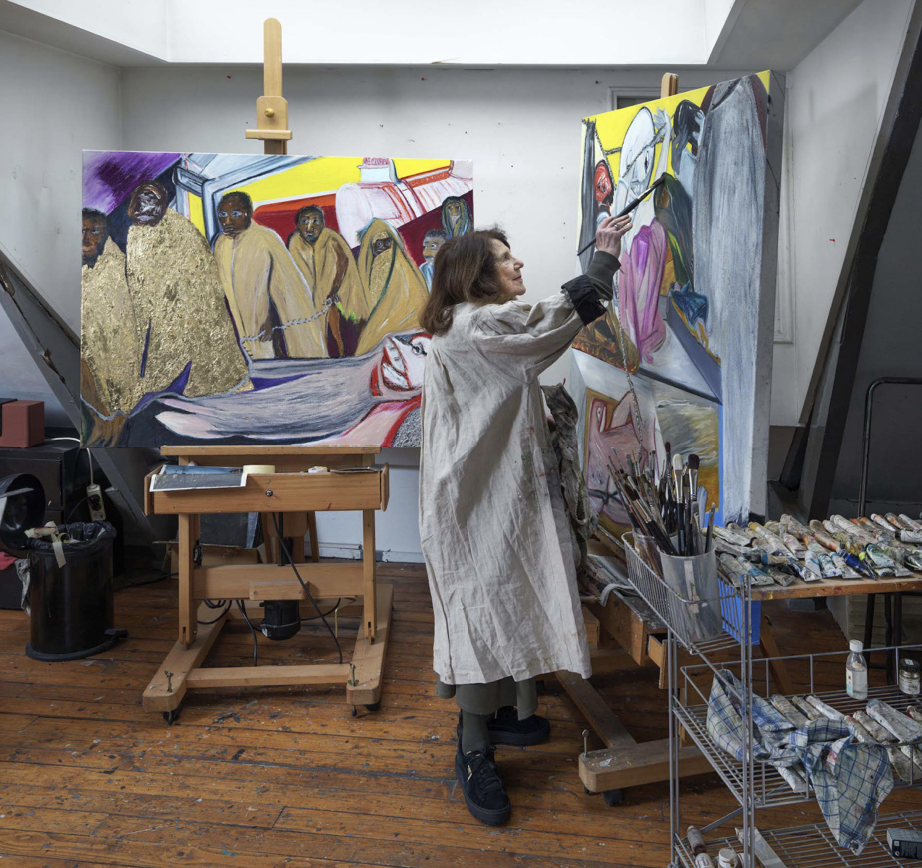
“The advice I give to young artists: Try to get professional. Be curious and try to inhale as much as possible around you and within you, to get as much material as possible to use in your work."
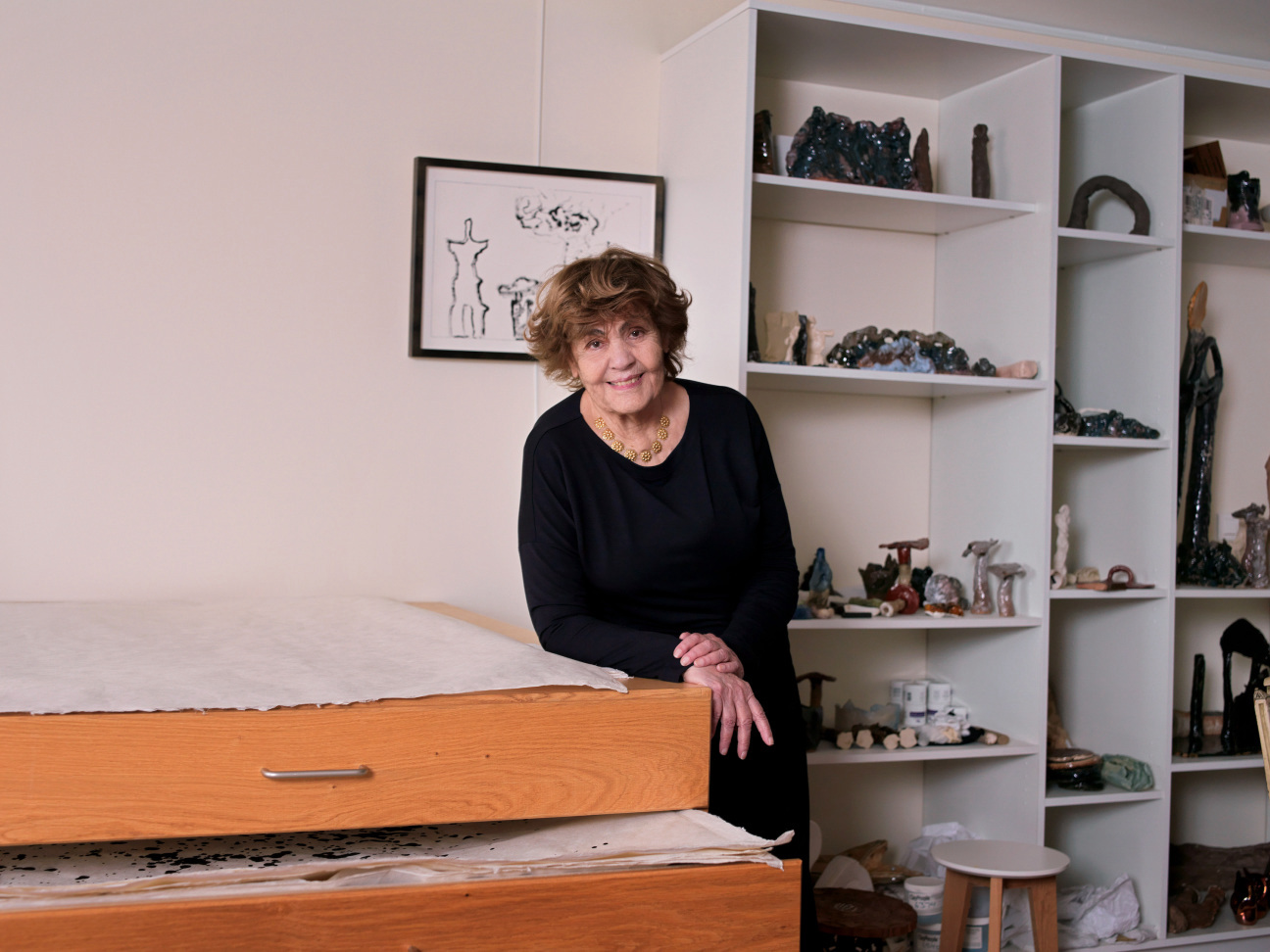
Simone Fattal, 82
“Working every day is very essential because working brings about another work. It’s in working that you find your answers and your way. It’s not by just playing around. Many, many great artists work better and better, and why is that? Take Henry Moore, take [Paul] Cézanne, take [Pablo] Picasso, they were great at the beginning but they were extraordinary at the end. You know your tools, you know your time, you know yourself. That’s the first thing we learn in ancient Greece, that we have to know ourselves. It is the best advice I can give.”
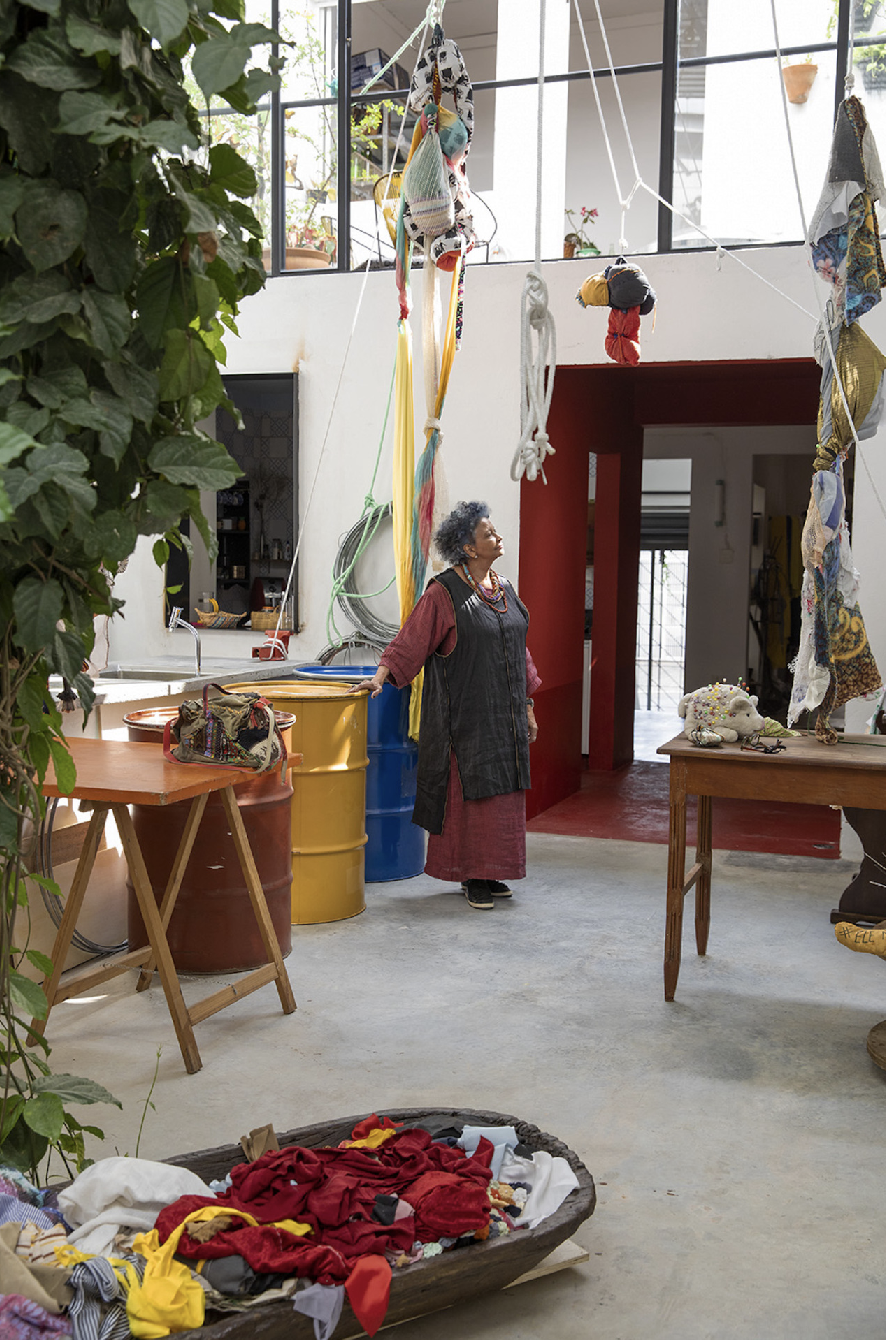
Sonia Gomes, 76
“I have always believed in the work and its power. Creating is a need for me, and it has never crossed my mind to abandon it, even when it seemed incomprehensible to some. In the early 2000s, when the work was beginning to gain recognition, I produced cathartically. I used to stitch and cry, stitch and cry, and create non-stop. Lately, I have become more formalist. I enjoy spending more time exploring the shapes within the work. I'm constantly seeking abstraction, asymmetry, volumes, and, above all, beauty. The work is alive, and so am I.”
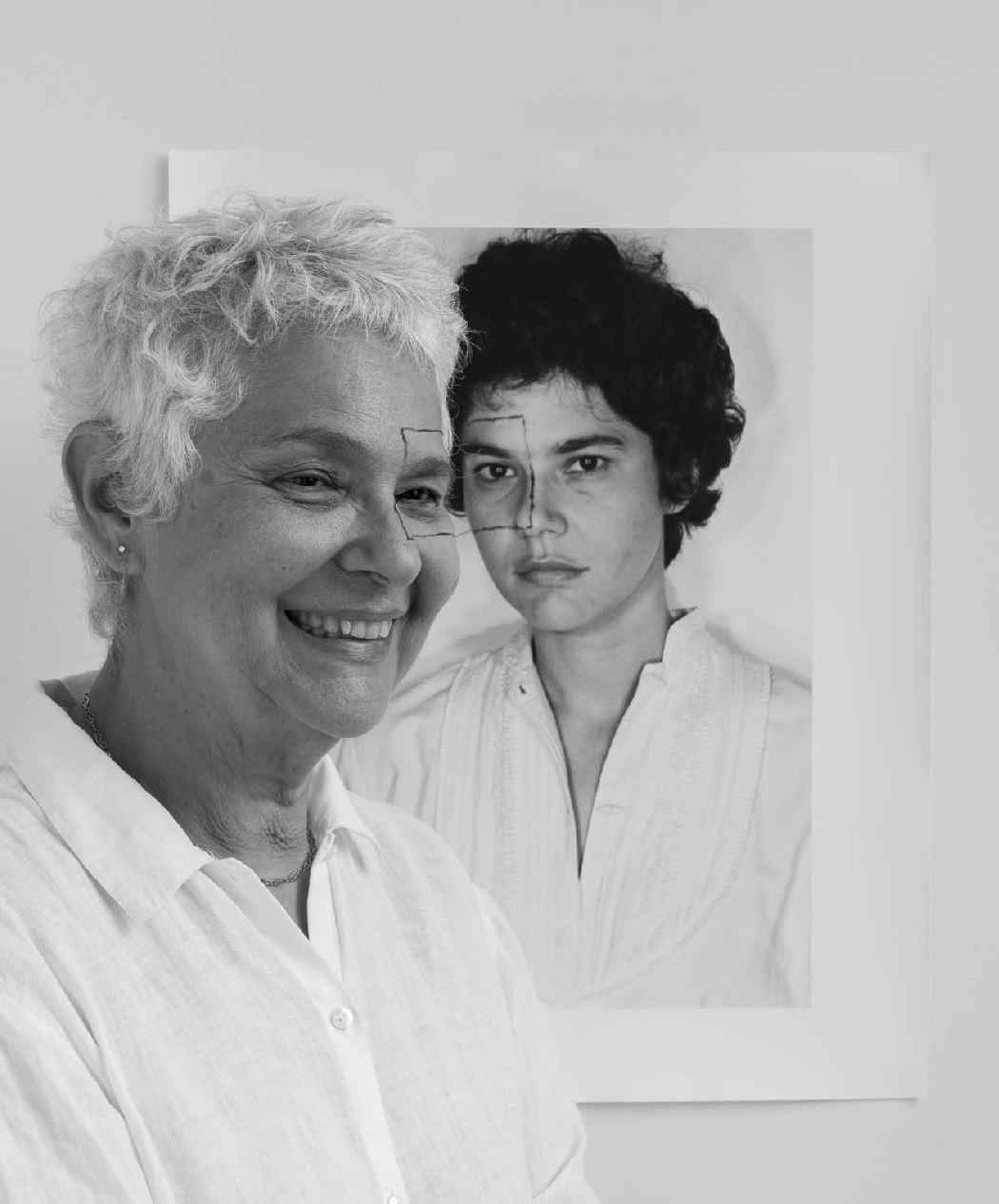
Liliana Porter, 82
“I always think that if whatever you do is true, it’s going to be good. It's important to start from yourself as a point of reference and then look for what you need outside, not the other way around: to really have a dialogue with yourself and be true to yourself.”
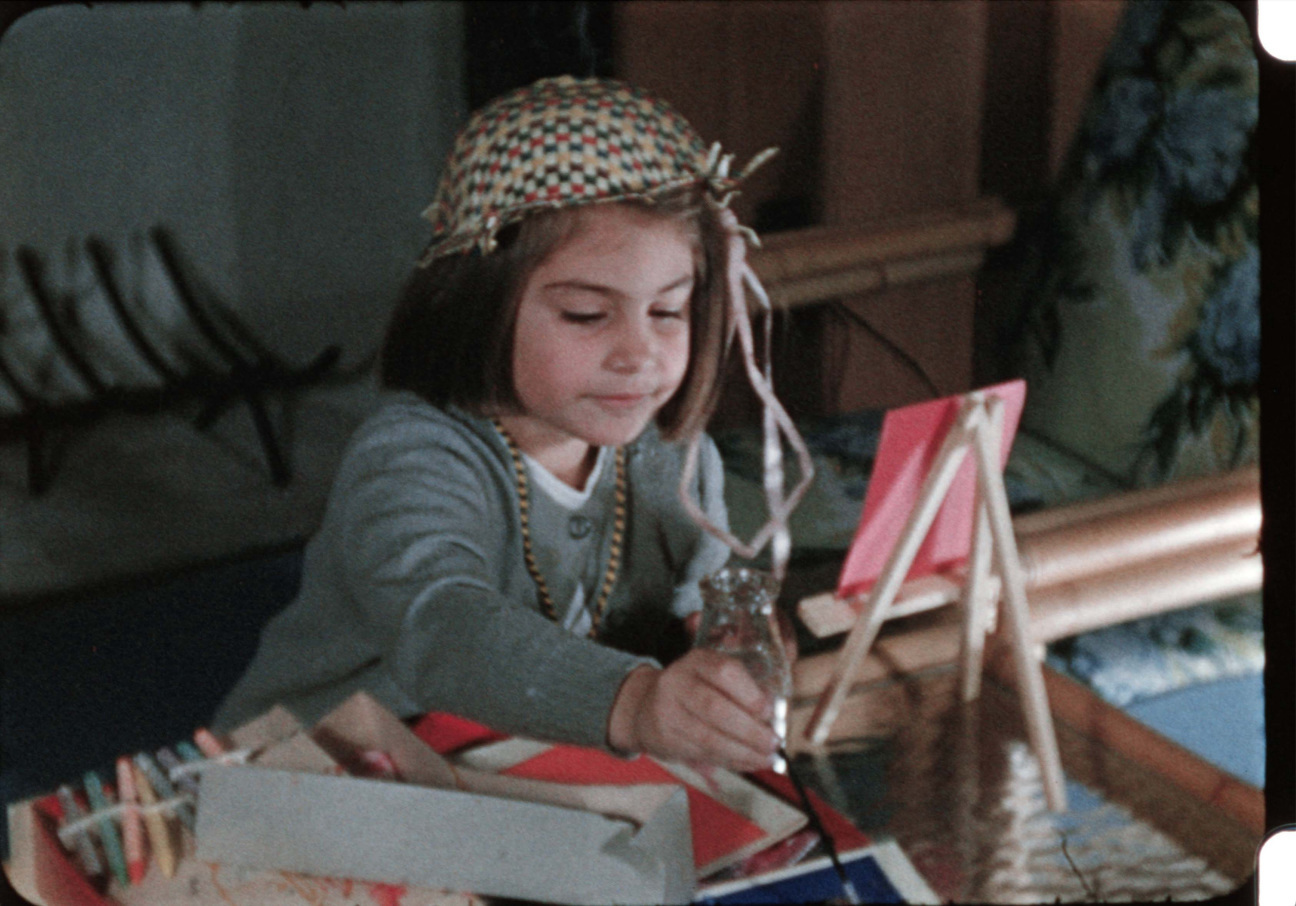
Dara Birnbaum, 77
“What is the new? The new is about perspective. It’s not about how you can draw or not. It is that anything to me is viable as a tool to experiment with. We could also say the art fairs are an art marketplace. I am with my feet in it. I did not expect that, but what I treasure is the artist I can respect who can still do what they have to do and who sees value in something they would never throw out because of a market.”
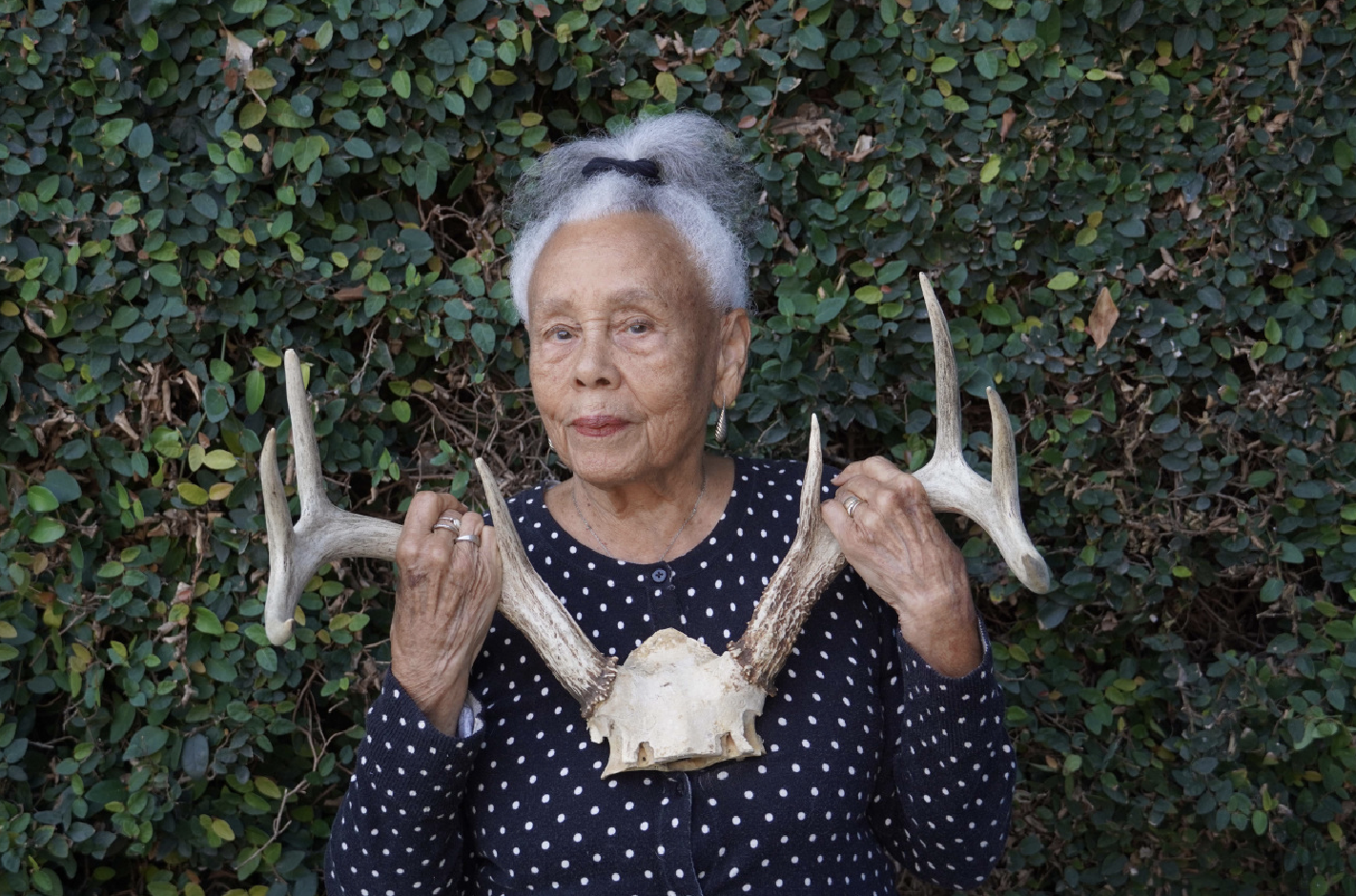
Betye Saar, 97
“For years, decades really, I've always had a sketchbook or little pad of paper with me. I get ideas or see things that I like and want to remember. Pen and paper are very old school these days. When I travel, I bring an art kit with watercolor paints, brushes, and paper. Being observant and open to new ideas and influences is important for being an artist.”
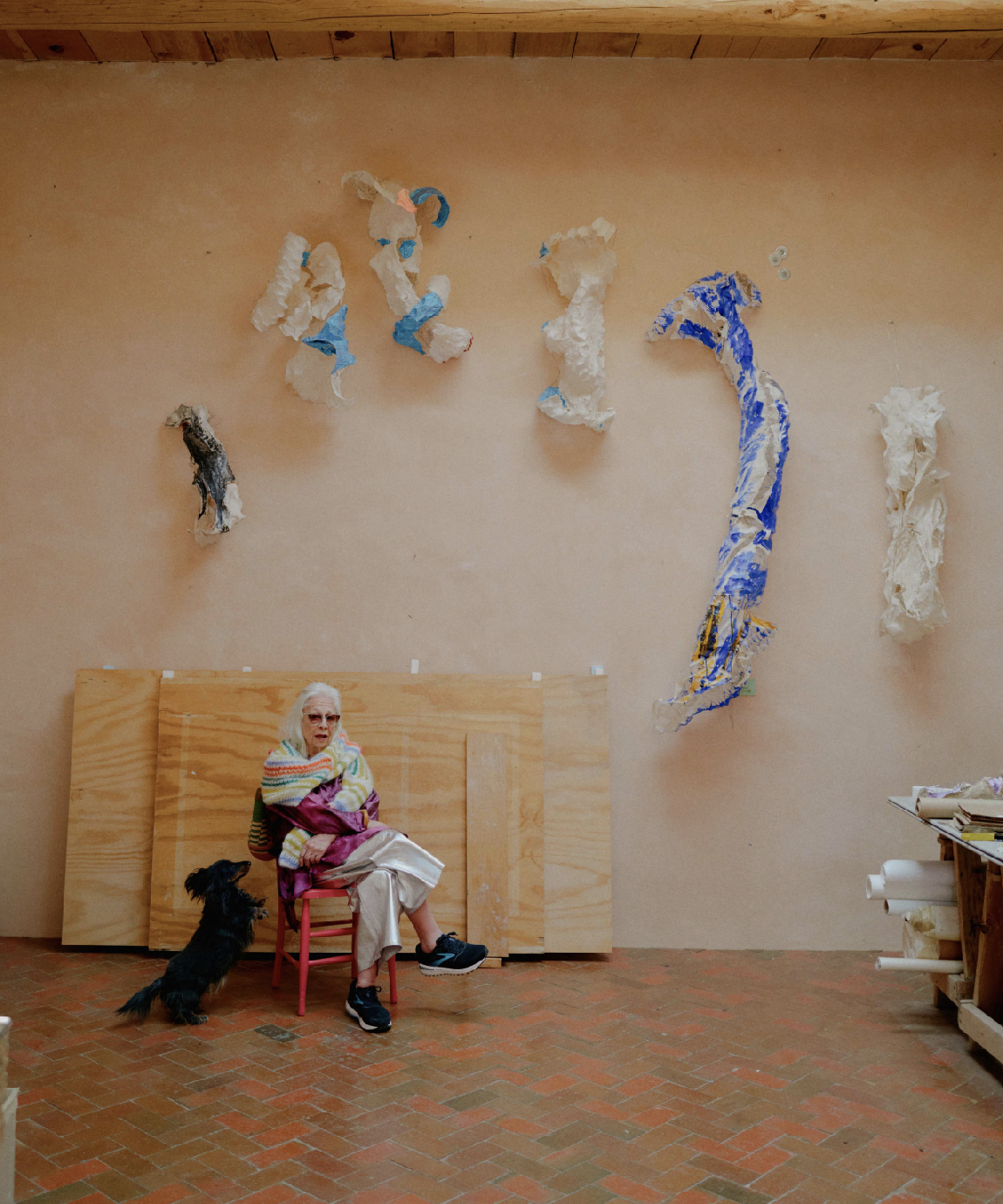
Lynda Benglis, 82
“I never thought about leaving [art] because I always look for something to fulfill my wanderings. Mostly, I'm a wanderer and a logician ... You have to build on ideas. Don't look up. Look inward. Think of open concepts that haven't been done, and think of closed concepts that have been done.”
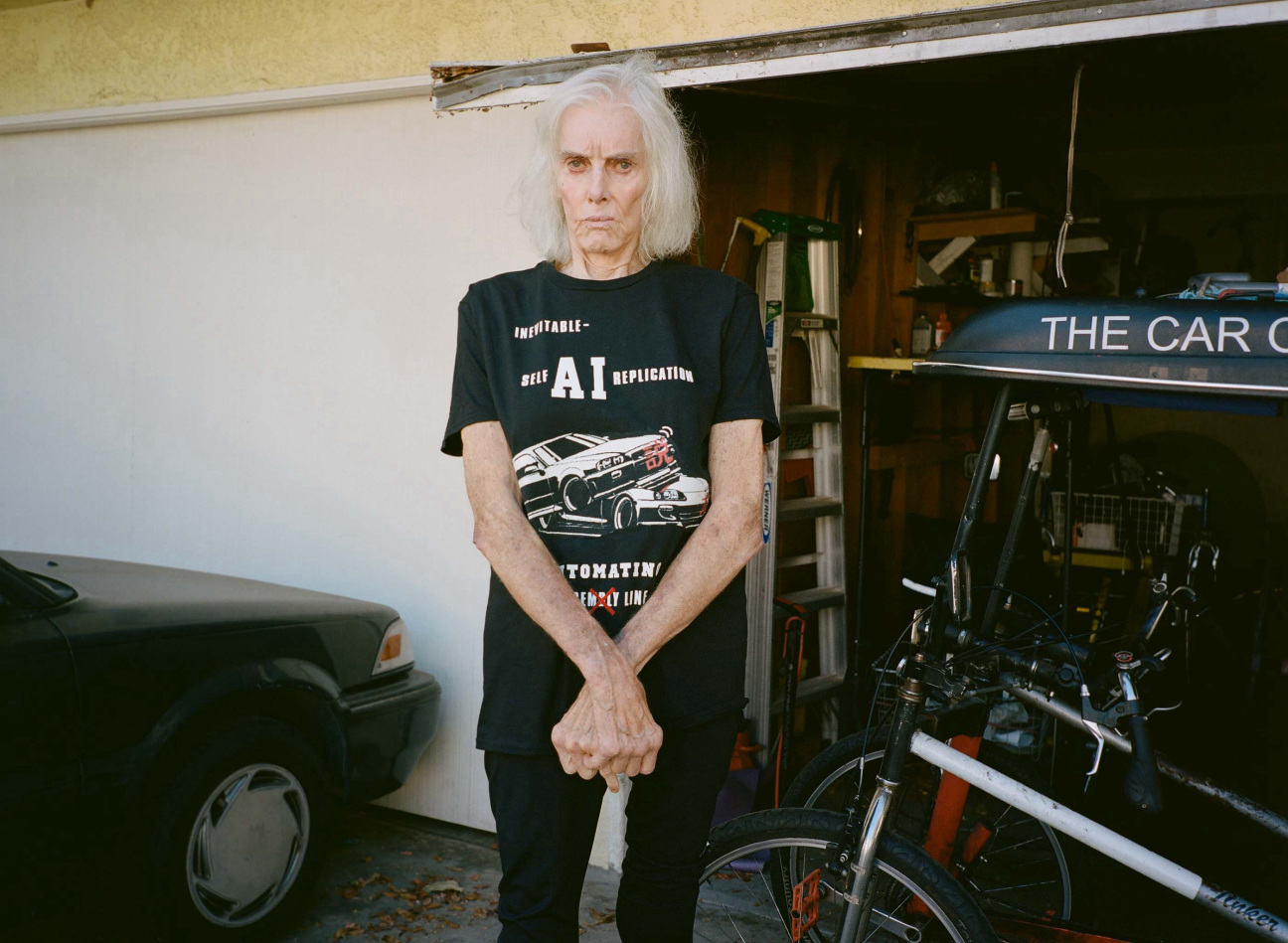
Pippa Garner, 81
"I haven't been able to keep up with what’s been happening in art now, but it seems like there's a somber quality to a lot of work. There [are] probably some amazing things going on that I’m not aware of, but I think some of the humor and absurdity might be missing. But when you think about it, some of the great absurdists like Marcel Duchamp and his urinal in 1913 and all the stuff they did, all those things about getting commissions from rich patrons and then going out, turning the camera on, and throwing it up in the air and catching it—I feel like I’m maybe part of that tradition."
This round-up is part of a series about female artists over the age of 75. To read the full conversations, click on each artist's name above.



